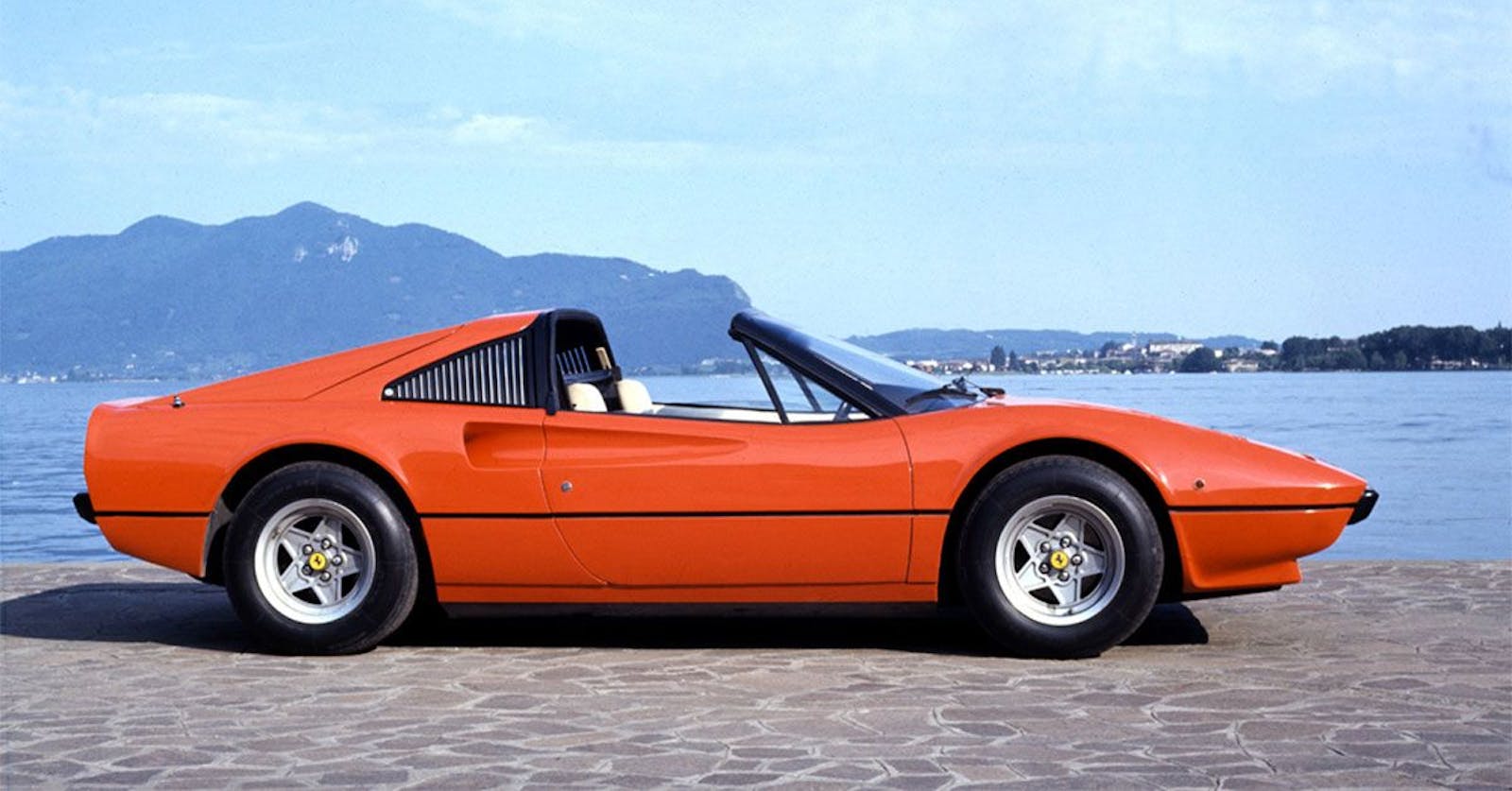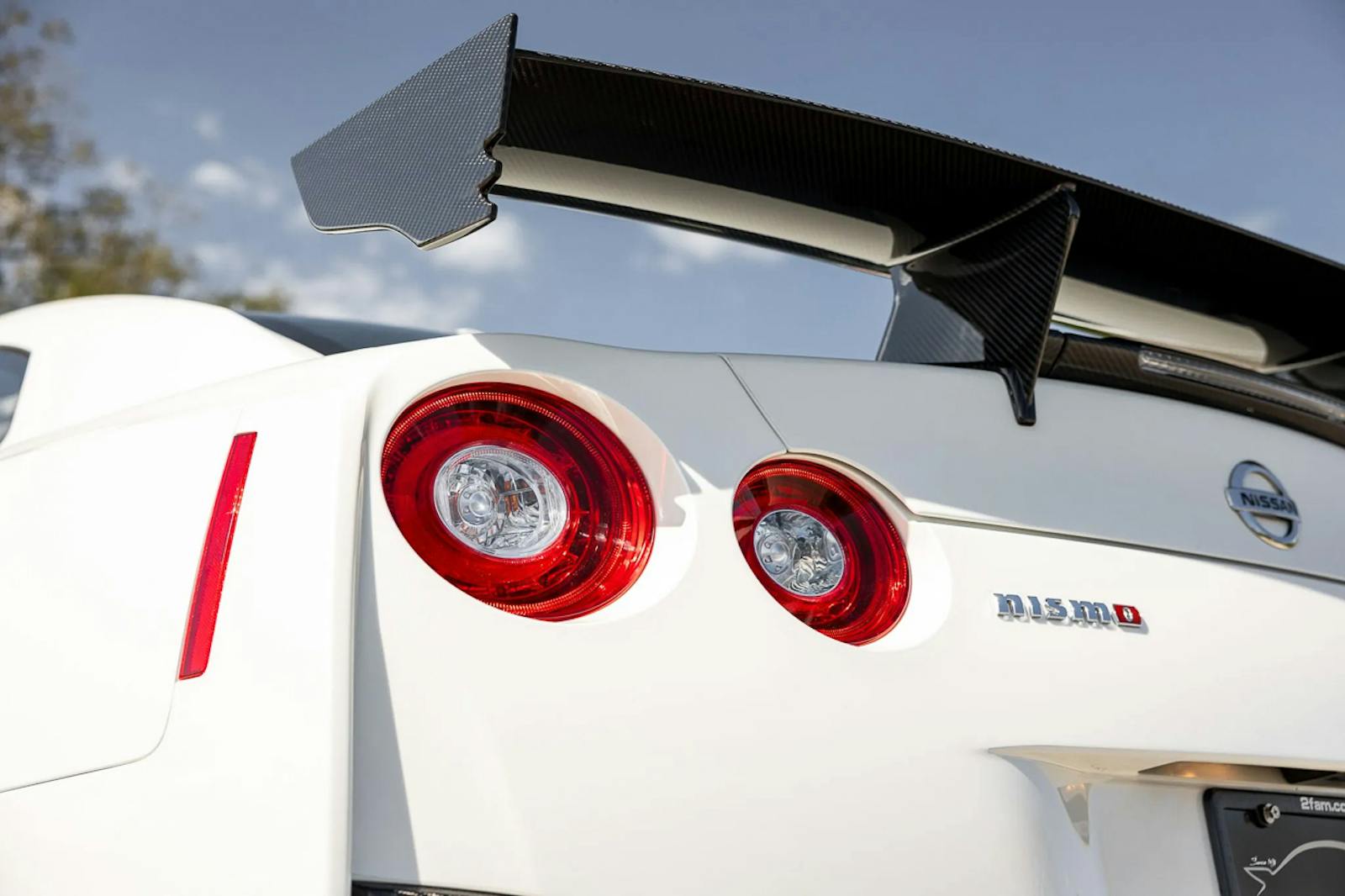Gauging “the right time” to buy or sell

There is a cycle for everything. That truism of life, intuited at least as far back as the Book of Ecclesiastes, is also important to understanding how values fluctuate, be it for Yeezy sneakers, condos in that trendy neighborhood in your nearest downtown—or your favorite collector car. If values are down, safe to say they’ll go up. If they’re up, they’ll eventually come down.
Knowing when they’ll go up or down, of course, is another question entirely, and the answers can vary. In 1989, the Ferrari market imploded and took a staggering 19 years to recover. Yet other cars seem able to bounce back from a dip in much less time—remember the chatter about 2016 Porsche 911 R values declining? Well, they’re higher than ever now.
With many collector cars selling at or near record prices, we decided now was as good a time as any to take a deeper look at how long we can expect to wait for values to cycle.
First, it’s helpful to think about what causes these cycles. Every year, some enthusiasts enter car collecting, while others leave. New vehicles become collectible. Events where people enjoy those vehicles come and go. There’s old-fashioned supply-and-demand: A few exceptional examples of a particular vehicle sell for incredible prices, which draws more (and possibly less nice) examples to market. And, of course, there are factors outside the buying-and-selling of old cars that have an impact. All these inputs—and many, many more—cause transaction prices to shift over time. The Hagerty Price Guide helps us keep track of changing values, and that allows us to observe these individual cycles over time.
Using Hagerty Price Guide data from 2010 forward, we can measure a cycle by the time between the first peak value, through a dip, and a subsequent second value greater than the first peak. We limited study to vehicles 25 years or older, in order to avoid muddying the data with normal used-car depreciation.
Overall, the average cycle for classic car values from peak to peak is 4.2 years. However, we noted that vehicles with larger dips took longer to climb back: When the drop in value is 10 percent or more, it takes an average of 5.2 years to peak again.
Naturally, your car may vary. The plurality of vehicles we looked at had cycles of just 2 to 3 years. A few took longer than ten to come back. (And of course some vehicles have never dipped while others—some 47 percent of those we looked at—have yet to exceed their first peak in values.) The chart below shows how many vehicle generations (a 1984-1996 C4 Corvette, for example, being one vehicle generation) take how long to trend through their own cycles.
Those caveats in mind, let’s look at an example of what we might call a “typical” cycle. The 1984–1996 Chevrolet Corvette peaked, dropped, and recovered in about 4 years. With an initial peak in values in 2011 at an average condition 1 value of $33,096, values then dropped close to 4.4 percent to a low of $31,651 just two years later. However, by 2015, the average Condition #1 value had rebounded to a new high of $34,082.
The 1975–1989 Porsche 930 Turbo provides a snapshot of a more volatile cycle. After peaking in 2016 with an average Condition #1 value of $296,510, the car dropped 29 percent over five years to $209,235. Values are once again marching upward, but they have yet to surpass the high water mark from six years ago, with Condition #1 value sitting at $216,059. In other words, a high, fast rise can sometimes precede a hard, long fall.
Another perspective on market cycles comes from looking at vehicles that have sold at auction more than once. They theoretically provide something of an apples-to-apples view of market cycles, with the caveat that appearing multiple times at auction within a short span can, in and of itself, hurt a particular vehicle’s value.
Vehicles sold twice at auction show that after 30 months (2.5 years), there’s a better than even chance the vehicle will sell for more, which is similar to the 2–3 year cycle for the majority of vehicle generations in the price guide. Want more certainty than 50/50? By year 7, the probability of breaking even is 95 percent.
Your odds are also quite good if you happen to pick up a car at auction that had sold for more at a previous auction—so long as you’re patient. Looking at vehicles that have sold three times at auction, with a dip in the second sale, we see the average time for the vehicle’s value to exceed the first sale price (a rebound) is 4.79 years. The average gain from the first to the third sale is 29 percent.
If you’re the second owner and paid more than the last person, things look bleaker. More than a quarter of those cars took a loss on their third sale (although that price still tends to be higher than the first).
Admittedly, the biggest limitation here is the relatively short time span for data collection. Data on collector car values thins dramatically prior to 2010 and is also muddied by dramatic “black swan” events in the broader economy, namely the terror attacks of September 11, 2001 and the global financial crisis of 2009.
That in mind, there are no guarantees in this data for those inclined to “time” the market. But there are some guidelines. If you’ve owned a car for a couple of years and it is up over 40 percent, you can quite safely say it’s a good time to sell. If the value is down 20 percent? Might as well hold it another year or two, as the value might rebound, and it probably won’t fall much more either.
For the silent majority of us who buy for reasons entirely unrelated to financial gain, there’s a clearer takeaway: There’s seldom a “wrong” time to get into car collecting. If you have the patience and the financial means to hold on to it for four or five years, you can fairly expect to break even or better. Considering that millions of people are paying down five-year loans on new cars that are almost guaranteed to depreciate, that doesn’t seem like such a bad bet.
Check out the Hagerty Media homepage so you don’t miss a single story, or better yet, bookmark us.

